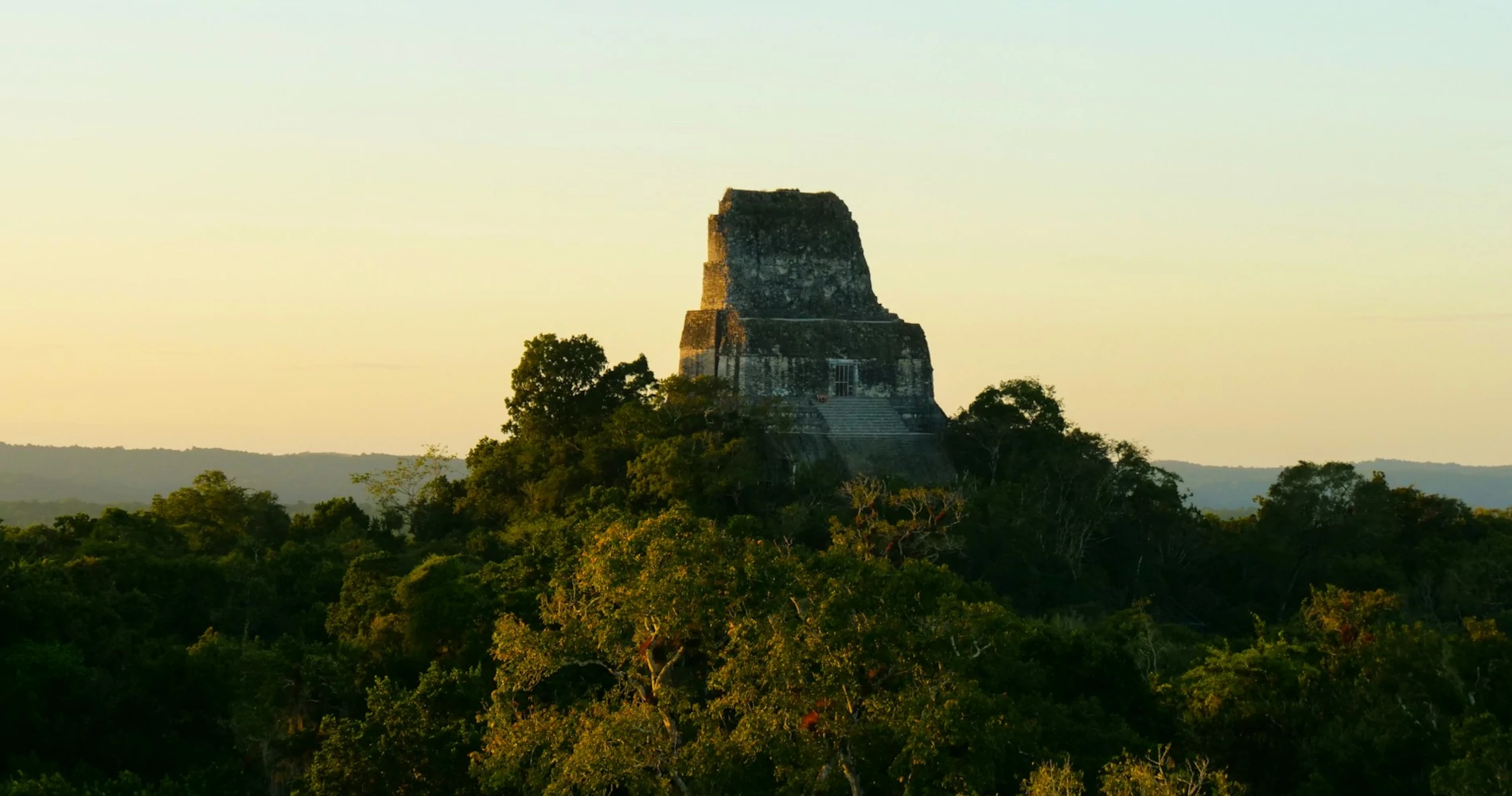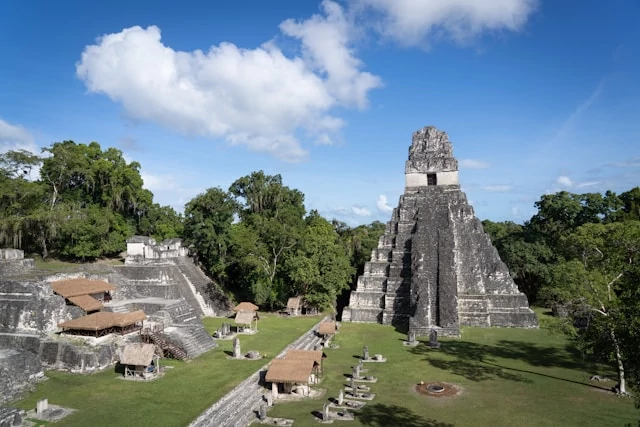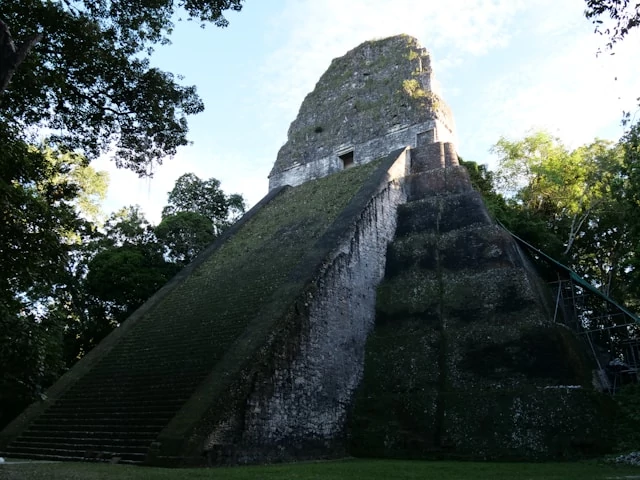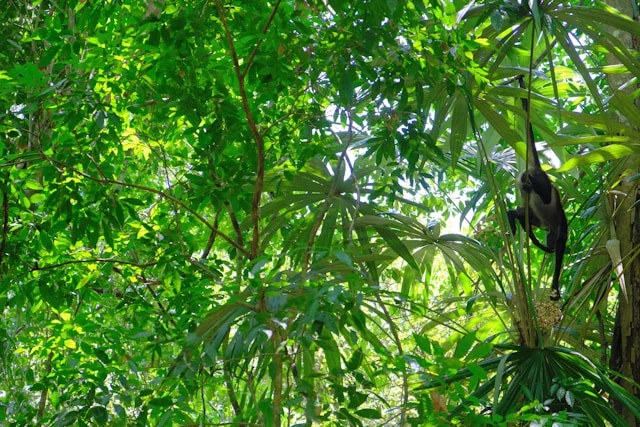How Big Is Tikal? Exploring the Vastness of This Ancient Maya City
Imagine stepping into a world where towering pyramids rise above the jungle canopy, and the calls of exotic birds echo through ancient stone plazas. Tikal National Park, a UNESCO World Heritage Site, is not only one of the most iconic archaeological sites in Guatemala but also a vast expanse of natural beauty and historical significance.
The Enormous Scale of Tikal
Tikal is immense, both in its archaeological footprint and its surrounding protected area. The ancient city itself spans approximately 16 square kilometers (6 square miles), making it one of the largest Maya cities ever uncovered. Within this area, you’ll find over 3,000 structures, including towering temples, ceremonial platforms, palaces, and ball courts.
But Tikal isn’t just about its central ruins. The site is nestled within Tikal National Park, which covers a staggering 575 square kilometers (222 square miles). That’s about the size of Chicago! This protected area is part of the larger Maya Biosphere Reserve, a crucial region for biodiversity and conservation in Central America.
Highlights Within Tikal
Temple IV: Standing at 70 meters (230 feet), this is the tallest structure in Tikal and one of the tallest pre-Columbian buildings in the Americas. Climbing to the top offers breathtaking views of the jungle and nearby temples poking through the canopy.
The Great Plaza: The heart of Tikal, surrounded by Temple I (Temple of the Great Jaguar), Temple II, the North Acropolis, and the Central Acropolis. It’s a must-visit spot to feel the grandeur of this ancient city.
The Lost World Complex (Mundo Perdido): This area includes some of the oldest structures in Tikal, offering a glimpse into the city’s early history.
Beyond the Ruins: Tikal’s Natural Wonders
Tikal isn’t just a treasure trove of Maya history—it’s also a biodiversity hotspot. The park is home to jaguars, howler monkeys, toucans, and hundreds of other wildlife species. Exploring the trails, you’ll be surrounded by lush rainforest, with ancient trees forming a dense, green canopy overhead.
Pro tip: Visit early in the morning to experience the park’s serene beauty and listen to the mesmerizing sounds of the jungle waking up.
Interesting Facts About Tikal
Astronomical Precision: The Maya used Tikal’s temples for astronomical observations, aligning them with celestial events such as solstices and equinoxes.
A Thriving Metropolis: At its peak, Tikal was home to an estimated 100,000 people, making it one of the most populous cities in the Maya world.
Hidden Gems: Despite decades of excavation, much of Tikal remains unexcavated, with mounds of earth hiding potential treasures yet to be uncovered.
Plan Your Visit to Tikal
Ready to turn this inspiration into your perfect itinerary? Contact us and let us craft a personalized Guatemala trip tailored exactly to your dreams.



